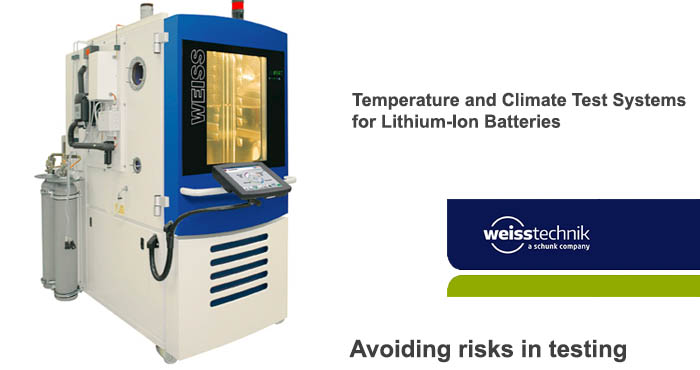New ways to mobile energy supply ...
Mobile energy supply has long since become standard and even indispensable in many areas. The availability of fossil resources is restricted which means new technologies are becoming increasingly important.

Whether we are talking about mobile phones, laptops or the world of digital cameras, where would design and function be without the internal workings of energy storage systems?
Given the fact that there is only a limited supply of fossil energy sources, it is becoming increasingly important to use new techniques such as hybrid vehicles for mobility on the road.
Latest developments showcase hybrids as a combination of an internal combustion engine as the main energy source and an electrical machine with a storage medium in the form of a battery, fuel cell or SuperCups.
Cars driven solely with electricity will most likely be the next step in automobile development.
Existing systems mostly use nickel-metal hydride batteries, although lithium-ion batteries have long since become the standard for mobile phones and notebooks.
The lithium-ion battery is also a source of energy on track for the future for hybrid drive due to its high cell voltage, power and energy density.
They have the advantage of thermal stability, a constant level of voltage over the discharge period and the fact that it knows no memory effect.
But safety for customers and the environment is also at the top of the agenda for this future generation of cars. This is the reason why there have been mandatory safety standards for lithium-ion batteries since 2003.
We believe these new techniques should offer the highest level of safety and all design efforts should be aimed at ruling out any and all hazards.
Engineers and designers from Weiss Umwelttechnik have put their heads together with the key developers in the automobile industry to develop test systems. The idea is to test these new technologies under conditions as close to reality as possible to meet the challenges for a safe future.
The safety equipment on these test systems keep risks to a minimum when testing intentionally passes the limits of normal use.
Identifying risks
- Chemical reactions thermal charges reactions to overcharge
- Reactions to fast charge
- Reactions to damage
- Mechanical/dynamic charges























